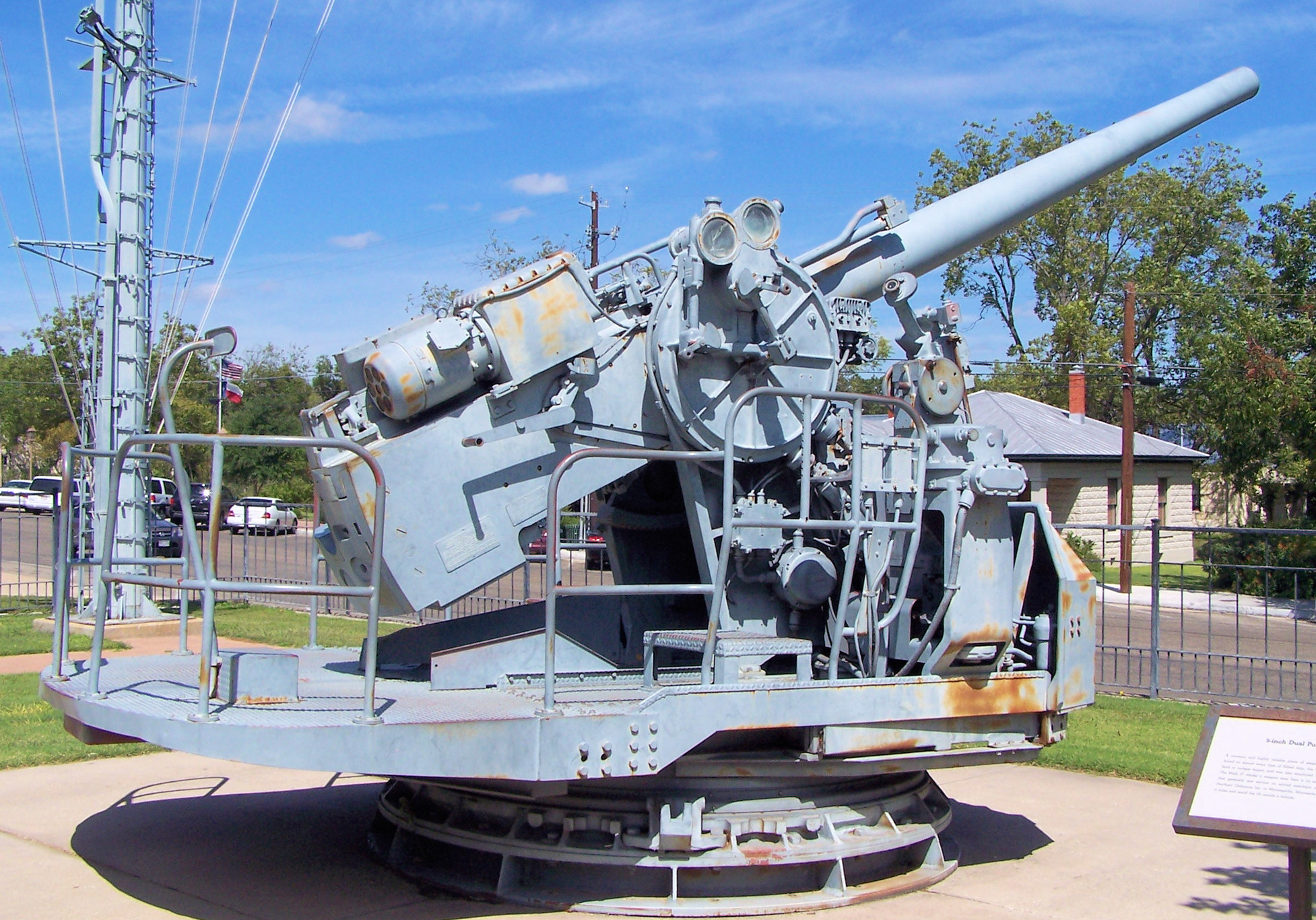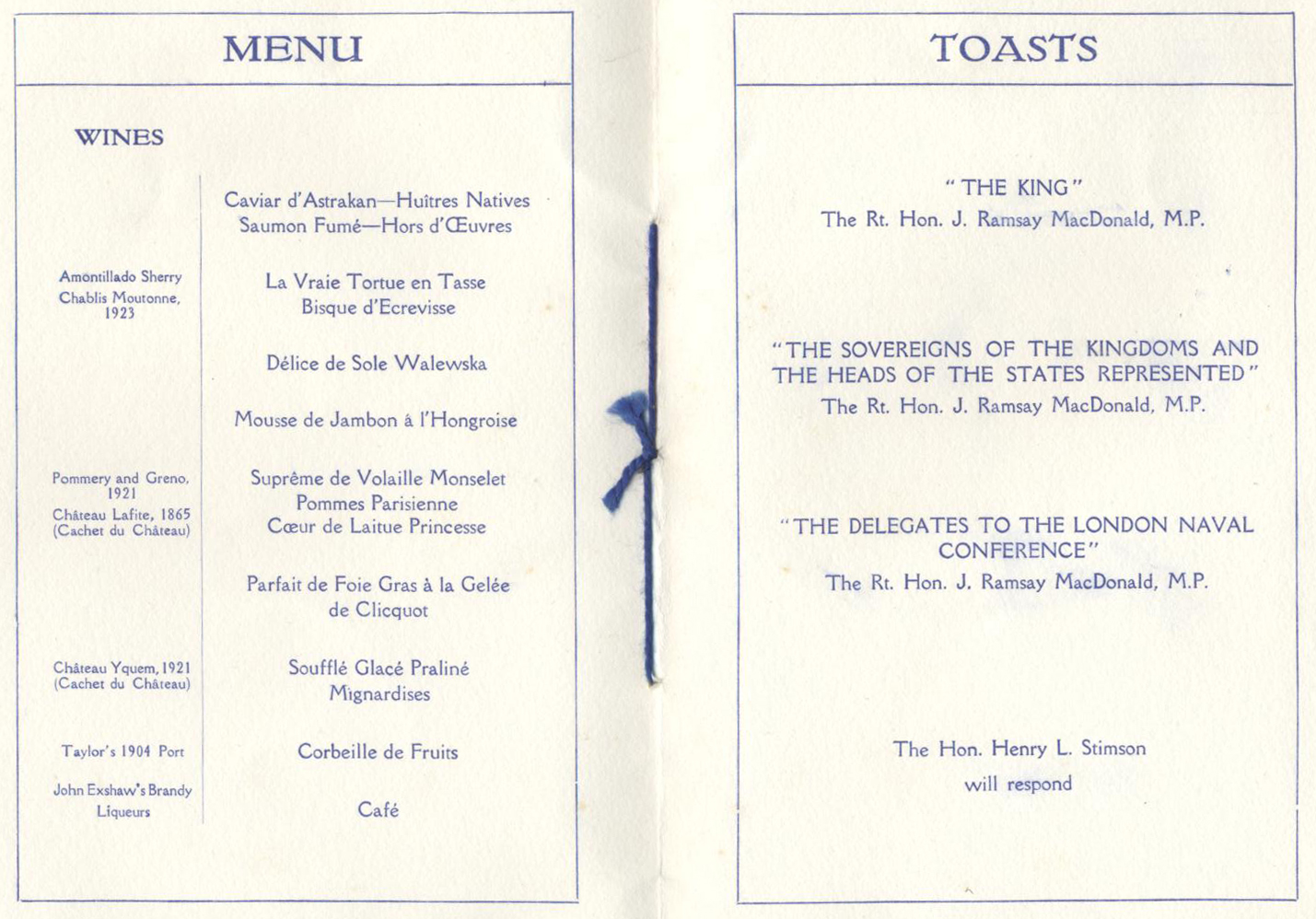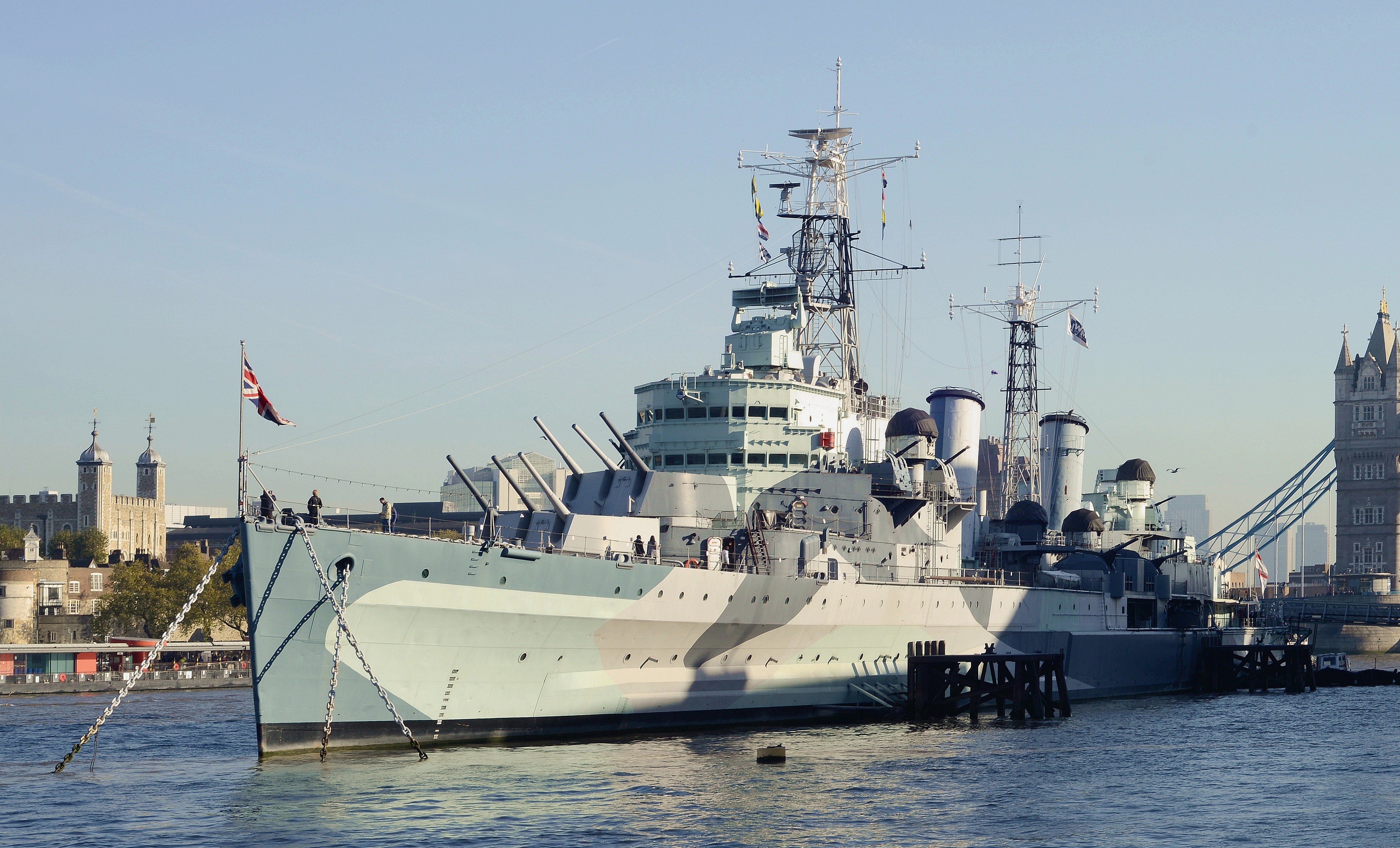|
Mogami Class Cruiser
The was a ship class of four cruisers built for the Imperial Japanese Navy (IJN) during the 1930s. They were initially classified as light cruisers under the weight and armament restrictions of the London Naval Treaty. After Japan abrogated that agreement, all four ships were rearmed with larger guns and reclassified as heavy cruisers. All participated in World War II and were sunk. Design For the 1931 Fleet Replenishment Program, believing themselves understrength in cruisers, the IJN chose to build to the maximum allowed by the Washington Naval Treaty. This resulted in the choice of guns in five triple turrets (a first for Japan) in the ''Mogami''s, also capable of 55° elevation, making the ''Mogami''s one of the very few classes of cruiser to have a dual purpose (DP) main battery; this was coupled with very heavy anti-aircraft protection, as well as the standard reloadable, turreted torpedo launchers, also unique to the IJN. To save weight and improve transverse stabil ... [...More Info...] [...Related Items...] OR: [Wikipedia] [Google] [Baidu] |
Kure Naval Arsenal
was one of four principal naval shipyards owned and operated by the Imperial Japanese Navy. History The Kure Naval District was established at Kure, Hiroshima in 1889, as the second of the naval districts responsible for the defense of the Japanese home islands. Along with the establishment of the navy base, a ship repair facility was also constructed, initially by moving the equipment from the Onohama shipyards near Kobe. Construction was supervised by the French engineer Louis-Émile Bertin. The first warship constructed at Kure, '' Miyako'', was launched in 1897. The "Kure Shipyards" were officially renamed the "Kure Naval Arsenal" in 1903. Kure developed into one of the largest shipbuilding facilities in the Empire of Japan, capable of working with the largest vessels. The Arsenal included a major steel works (built with British assistance), and also facilities for producing naval artillery and projectiles. The battleships ''Yamato'' and '' Nagato'' were designed and ... [...More Info...] [...Related Items...] OR: [Wikipedia] [Google] [Baidu] |
Aichi E13A
The Aichi E13A (World War II Allied names for Japanese aircraft, Allied reporting name: "Jake") is a long-range reconnaissance seaplane used by the Imperial Japanese Navy (IJN) from 1941-45. Numerically the most important floatplane of the IJN, it could carry a crew of three and a bombload of 250 kg (550 lb). The Navy designation was "Navy Type Zero Reconnaissance Seaplane" (零式水上偵察機). Operational history In China, it operated from seaplane tenders and cruisers. Later, it was used as a scout for the Attack on Pearl Harbor, and it was encountered in combat by the United States Navy during the Battle of the Coral Sea, Battles of Coral Sea and Battle of Midway, Midway. It was in service throughout the conflict, for coastal patrols, strikes against navigation, Liaison aircraft, liaison, officer transports, castaway rescues, and other missions, along with some ''kamikaze'' missions in the last days of war. It also served on the super battleships Japanese battlesh ... [...More Info...] [...Related Items...] OR: [Wikipedia] [Google] [Baidu] |
Anti-aircraft Warfare
Anti-aircraft warfare (AAW) is the counter to aerial warfare and includes "all measures designed to nullify or reduce the effectiveness of hostile air action".AAP-6 It encompasses surface-based, subsurface (Submarine#Armament, submarine-launched), and air-based weapon systems, in addition to associated sensor systems, command and control arrangements, and passive measures (e.g. barrage balloons). It may be used to protect naval, army, ground, and air forces in any location. However, for most countries, the main effort has tended to be homeland defense. Missile defense, Missile defense is an extension of air defence, as are initiatives to adapt air defence to the task of intercepting any projectile in flight. Most modern anti-aircraft (AA) weapons systems are optimized for short-, medium-, or long-range air defence, although some systems may incorporate multiple weapons (such as both autocannons and surface-to-air missiles). 'Layered air defence' usually refers to multiple 't ... [...More Info...] [...Related Items...] OR: [Wikipedia] [Google] [Baidu] |
Main Battery
A main battery is the primary weapon or group of weapons around which a warship is designed. As such, a main battery was historically a naval gun or group of guns used in volleys, as in the broadsides of cannon on a ship of the line. Later, this came to be turreted groups of similar large-caliber naval rifles. With the evolution of technology the term has come to encompass guided missiles and torpedoes as a warship's principal offensive weaponry, deployed both on surface ships and submarines. A main battery features common parts, munition and fire control system across the weapons which it comprises. Description In the age of cannon at sea, the main battery was the principal group of weapons around which a ship was designed, usually its heavies. With the coming of naval rifles and subsequent revolving gun turrets, the main battery became the principal group of heaviest guns, regardless of how many turrets they were placed in. As missiles displaced guns both above and belo ... [...More Info...] [...Related Items...] OR: [Wikipedia] [Google] [Baidu] |
Dual Purpose Gun
A dual-purpose gun is a naval artillery mounting designed to engage both surface and air targets. Description Second World War-era capital ships had four classes of artillery: the heavy main battery, intended to engage opposing battleships and cruisers of 305 mm to 457 mm (12 inch to 18 inch); a secondary battery for use against enemy destroyers of 152 mm to 203 mm (6 inch to 8 inch); heavy anti-aircraft guns of 76 mm to 127 mm (3 inch to 5 inch), which could create barrages to knock out airplanes at a distance; finally, light rapid-fire anti-aircraft batteries (A/A) to track and bring down aircraft at close range. The light A/A was dispersed throughout the ship and included both automatic cannons of 20 mm to 40 mm (.787 inch to 1.57 inch) and heavy machine guns of 12.7 mm to 14.5 mm (.50 inch to .58 inch). During World War II, the US Navy, Royal Navy, the French Navy, and the Imperial Japanese Navy combined the secondary batt ... [...More Info...] [...Related Items...] OR: [Wikipedia] [Google] [Baidu] |
Washington Naval Treaty
The Washington Naval Treaty, also known as the Five-Power Treaty, was signed during 1922 among the major Allies of World War I, Allies of World War I, which agreed to prevent an arms race by limiting Navy, naval construction. It was negotiated at the Washington Naval Conference in Washington, D.C. from November 1921 to February 1922 and signed by the governments of the British Empire (including the United Kingdom, Canada, Australia, New Zealand, South Africa and India), United States, French Third Republic, France, Kingdom of Italy, Italy, and Empire of Japan, Japan. It limited the construction of battleships, battlecruisers and aircraft carriers by the signatories. The numbers of other categories of warships, including cruisers, destroyers, and submarines, were not limited by the treaty, but those ships were limited to 10,000 tons displacement (ship), displacement each. The treaty was finalized on February 6, 1922. Ratifications of it were exchanged in Washington on August 17, 1 ... [...More Info...] [...Related Items...] OR: [Wikipedia] [Google] [Baidu] |
World War II
World War II or the Second World War (1 September 1939 – 2 September 1945) was a World war, global conflict between two coalitions: the Allies of World War II, Allies and the Axis powers. World War II by country, Nearly all of the world's countries participated, with many nations mobilising all resources in pursuit of total war. Tanks in World War II, Tanks and Air warfare of World War II, aircraft played major roles, enabling the strategic bombing of cities and delivery of the Atomic bombings of Hiroshima and Nagasaki, first and only nuclear weapons ever used in war. World War II is the List of wars by death toll, deadliest conflict in history, causing World War II casualties, the death of 70 to 85 million people, more than half of whom were civilians. Millions died in genocides, including the Holocaust, and by massacres, starvation, and disease. After the Allied victory, Allied-occupied Germany, Germany, Allied-occupied Austria, Austria, Occupation of Japan, Japan, a ... [...More Info...] [...Related Items...] OR: [Wikipedia] [Google] [Baidu] |
Heavy Cruiser
A heavy cruiser was a type of cruiser, a naval warship designed for long range and high speed, armed generally with naval guns of roughly 203 mm (8 inches) in calibre, whose design parameters were dictated by the Washington Naval Treaty of 1922 and the London Naval Treaty of 1930. Heavy cruisers were generally larger, more heavily armed and more heavily armoured than light cruisers while being smaller, faster, and more lightly armed and armoured than battlecruisers and battleships. Heavy cruisers were not considered capital ships, unlike battlecruisers, battleships, and fleet carriers. Heavy cruisers were assigned a variety of roles ranging from commerce raiding to serving as 'cruiser-killers,' i.e. hunting and destroying similarly sized ships. The heavy cruiser is part of a lineage of ship design from 1915 through the early 1950s, although the term "heavy cruiser" only came into formal use in 1930. The heavy cruiser's immediate precursors were the light cruiser design ... [...More Info...] [...Related Items...] OR: [Wikipedia] [Google] [Baidu] |
London Naval Treaty
The London Naval Treaty, officially the Treaty for the Limitation and Reduction of Naval Armament, was an agreement between the United Kingdom, Empire of Japan, Japan, French Third Republic, France, Kingdom of Italy, Italy, and the United States that was signed on 22 April 1930. Seeking to address issues not covered in the 1922 Washington Naval Treaty, which had created tonnage limits for each nation's Surface combatant, surface warships, the new agreement regulated submarine warfare, further controlled cruisers and destroyers, and limited naval shipbuilding. Ratifications were exchanged in London on 27 October 1930, and the treaty went into effect on the same day, but it was largely ineffective. The treaty was registered in ''Treaty series#League of Nations, League of Nations Treaty Series'' on 6 February 1931. Conference The signing of the treaty remains inextricably intertwined with the ongoing negotiations, which began before the official start of the London Naval Confer ... [...More Info...] [...Related Items...] OR: [Wikipedia] [Google] [Baidu] |
Light Cruiser
A light cruiser is a type of small or medium-sized warship. The term is a shortening of the phrase "light armored cruiser", describing a small ship that carried armor in the same way as an armored cruiser: a protective belt and deck. Prior to this smaller cruisers had been of the protected cruiser model, possessing armored decks only. While lighter and smaller than other contemporary ships they were still true cruisers, retaining the extended radius of action and self-sufficiency to act independently around the world. Cruisers mounting larger guns and heavier armor relative to most light cruisers would come to be known as heavy cruisers, though the designation of 'light' versus 'heavy' cruisers would vary somewhat between navies. Through their history light cruisers served in a variety of roles, primarily on long-range detached patrol work, covering other military operations or global shipping lanes, as scouts and fleet support vessels for battle fleets, as destroyer command ship ... [...More Info...] [...Related Items...] OR: [Wikipedia] [Google] [Baidu] |
Imperial Japanese Navy
The Imperial Japanese Navy (IJN; Kyūjitai: Shinjitai: ' 'Navy of the Greater Japanese Empire', or ''Nippon Kaigun'', 'Japanese Navy') was the navy of the Empire of Japan from 1868 to 1945, Potsdam Declaration, when it was dissolved following surrender of Japan, Japan's surrender in World War II. The Japan Maritime Self-Defense Force (JMSDF) was formed between 1952 and 1954 after the dissolution of the IJN. The IJN was the third largest navy in the world by 1920, behind the Royal Navy and the United States Navy (USN). It was supported by the Imperial Japanese Navy Air Service for reconnaissance and airstrike operations from the fleet. It was the primary opponent of the Allies of World War II, Western Allies in the Pacific War. The IJN additionally fielded Imperial Japanese Navy land forces, limited land-based forces, including Special Naval Landing Forces, professional marines, Japanese marine paratroopers of World War II, marine paratrooper units, anti-aircraft defense units ... [...More Info...] [...Related Items...] OR: [Wikipedia] [Google] [Baidu] |










